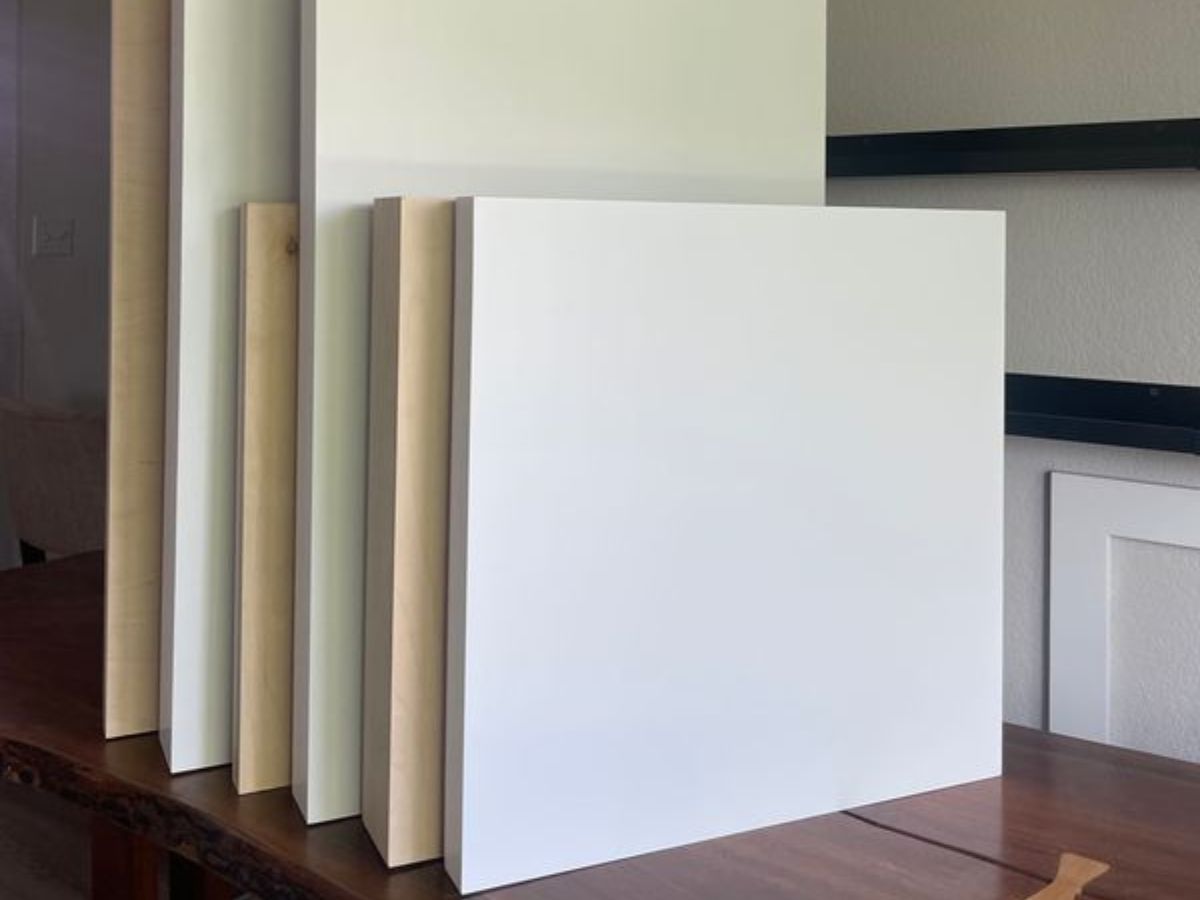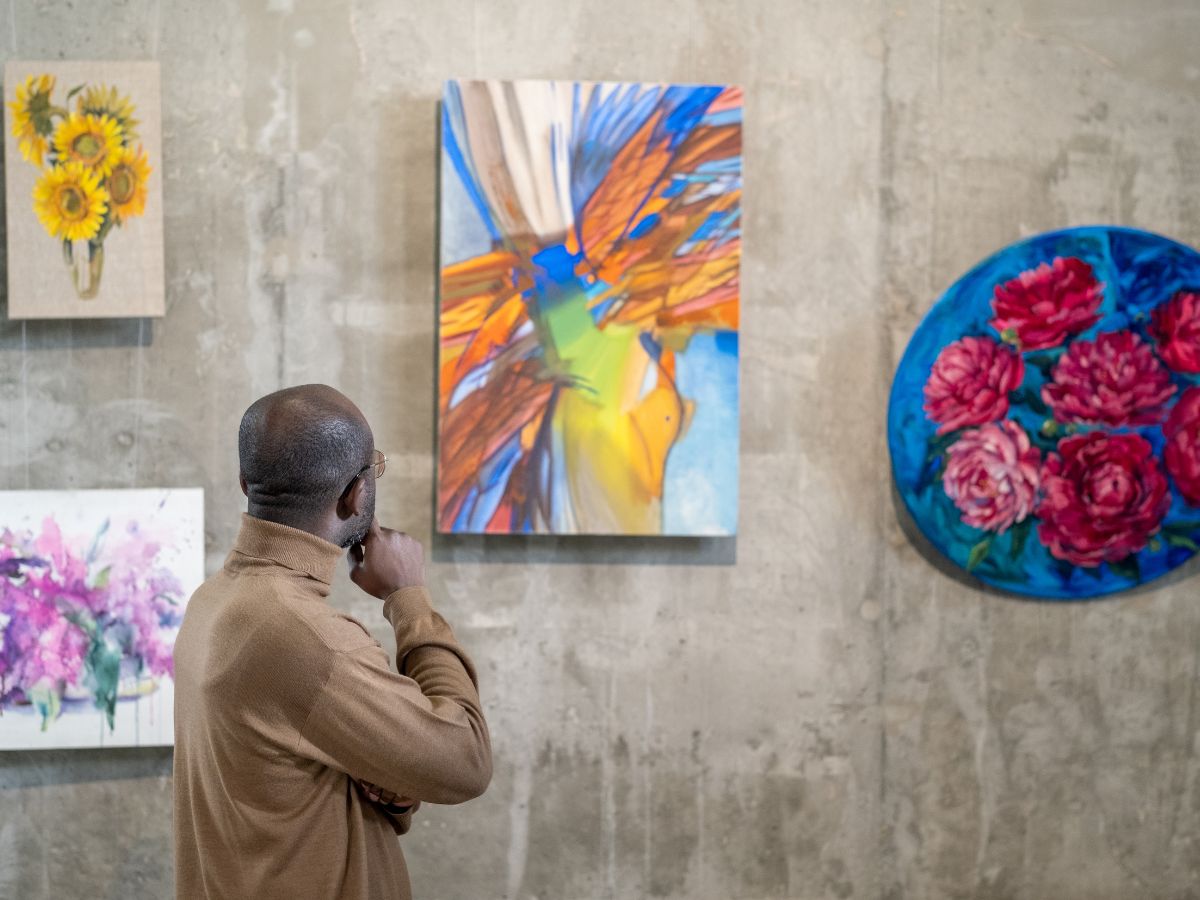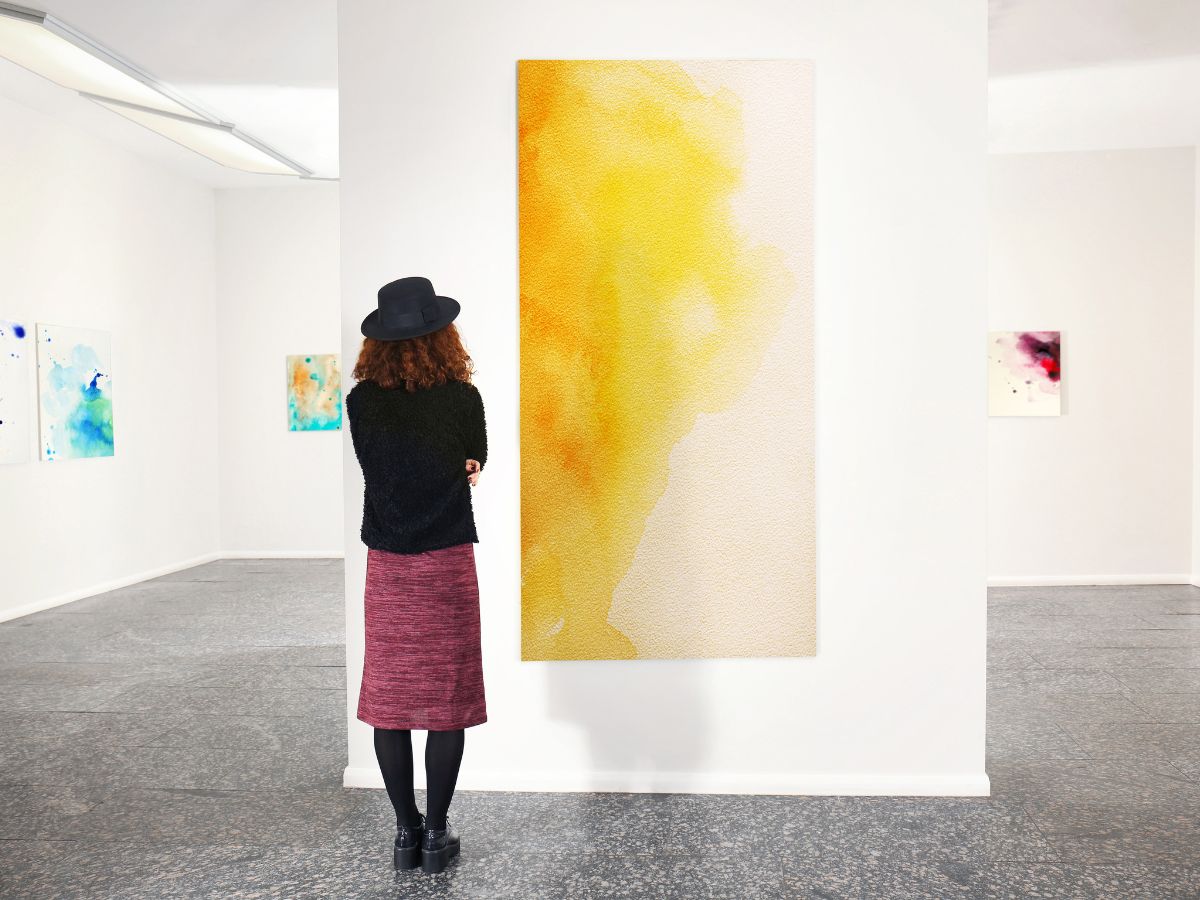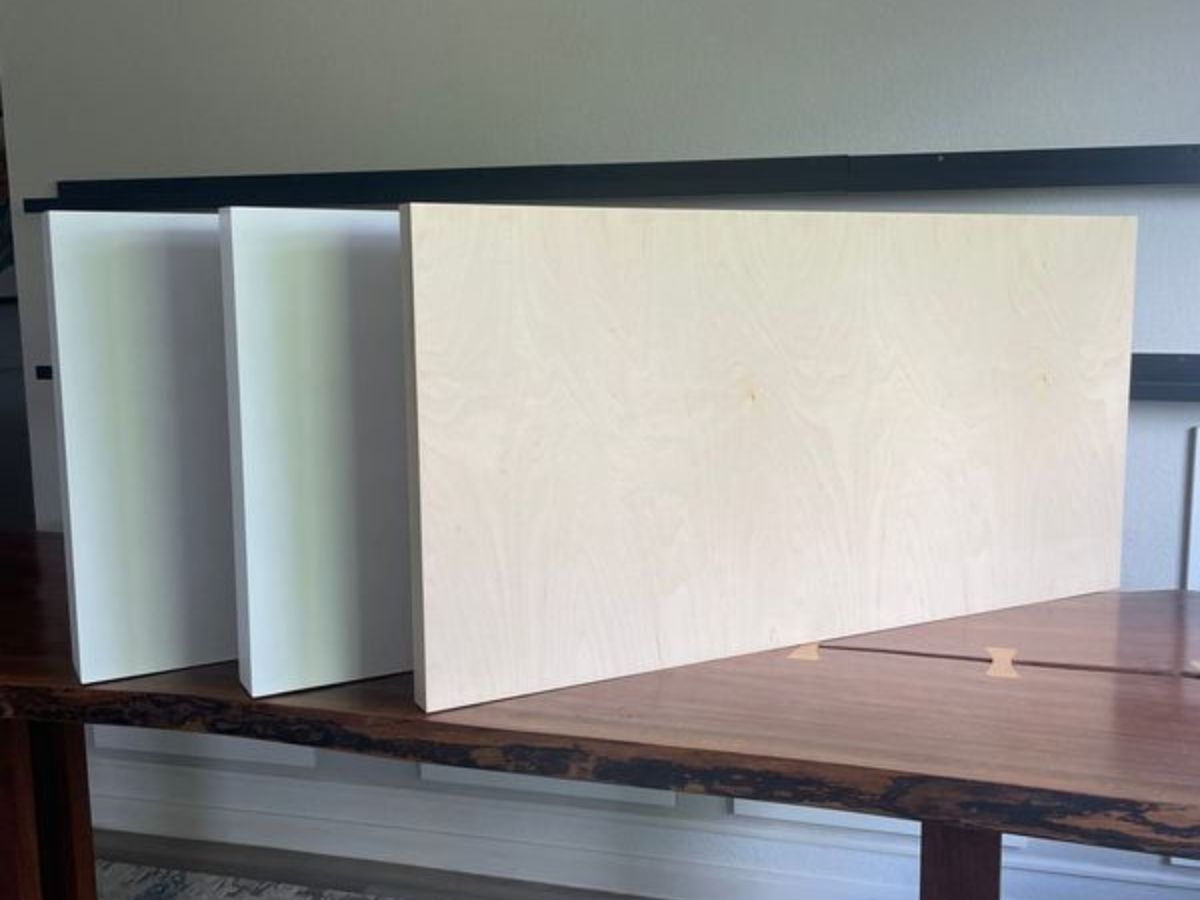If you’ve mostly worked on canvas, switching to a cradled wood panel might feel like stepping into unfamiliar territory. But there’s good reason many contemporary and mixed media painters turn to cradled panels: they combine rigidity, stability, and a clean, modern presentation. Here’s why using cradled wood panels can be a game-changer.
What Is a Cradled Wood Panel?
A cradled panel is a wood or composite board mounted on a framework (“cradle”) of wood slats on the back. That cradle gives support and stiffness, preventing flexing, bending, or warping of the flat surface. It’s essentially a rigid, self-supported structure.
Unlike stretched canvas, which is flexible and can sag, cradled panels stay firm under stress. That’s the first big advantage.
Continue reading →









